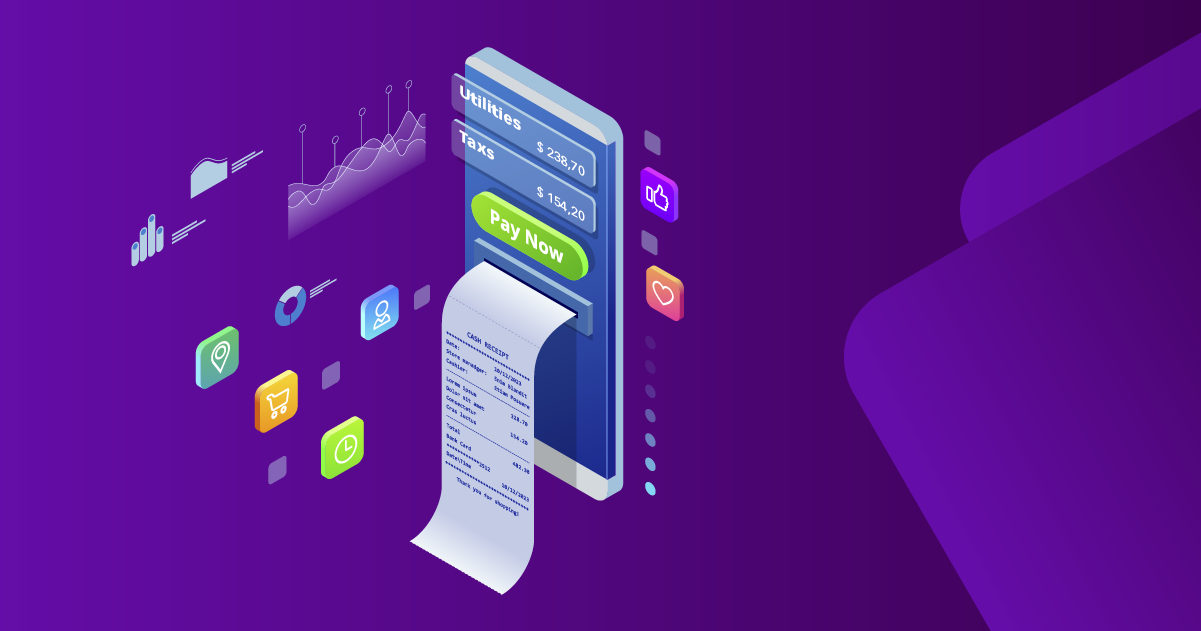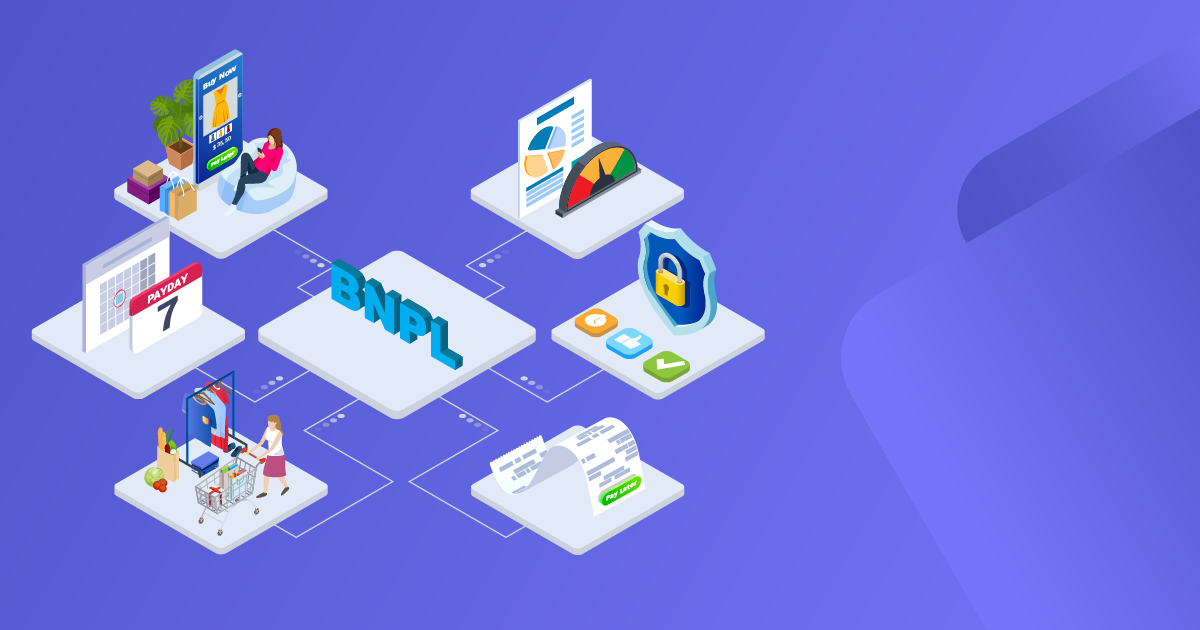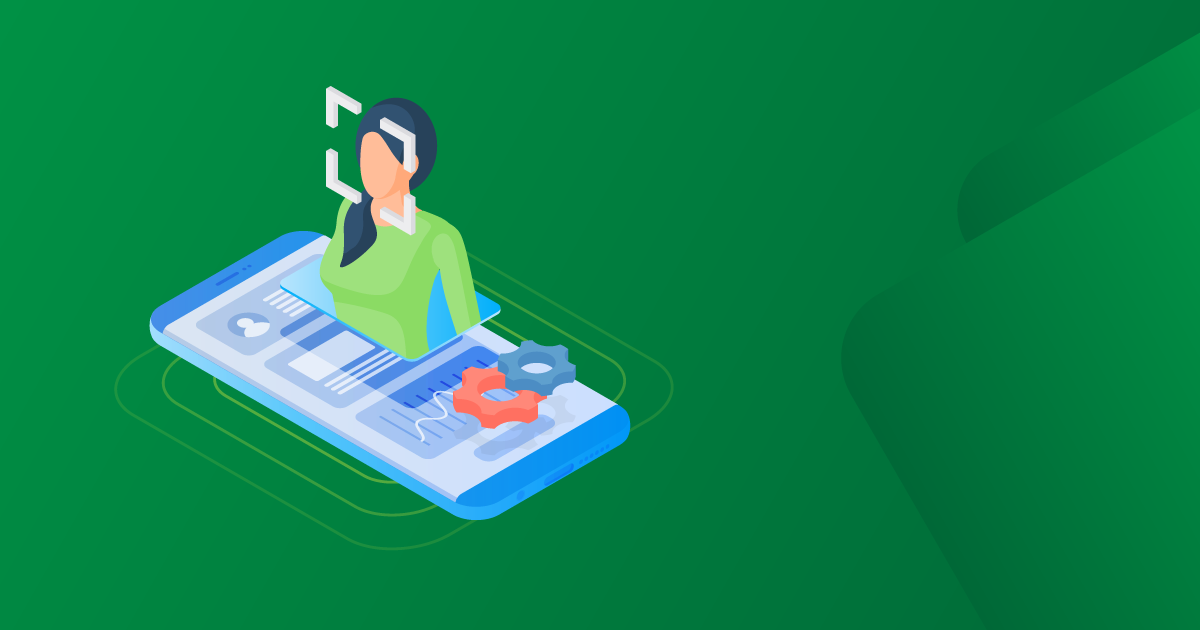

Historically, bills have been traditionally tied to physical delivery or in-person payments at biller branches. This approach has long been burdened by the disadvantages of manual processes, including delivery failures and collection difficulties. Additionally, it imposes a burden on busy customers who may opt to postpone their payments until they are available, leading to delayed payments and financial challenges for billers such as impaired cash flow predictability and planning.
As the digital age has revolutionized every aspect of our lives, there has been a growing demand for new methods of bill presentment and payment to keep pace with the evolving world. These methods are driven by the need for improved financial turnover for billers and greater convenience for their customers.
What is Electronic Bill Presentment and Payment?
Electronic Bill Presentment and Payment (EBPP) is a solution that leverages electronic means for the presentment of bills and their association with equivalent payments. Through EBPP, billers can deliver bills online to their customers, and customers can pay those bills through pre-agreed payment channels. Billers are then notified of successful payments and provided with an updated bill status.
Multiple EBPP implementations around the world have demonstrated decreased processing costs of recurrent billing transactions, enhanced customer service, and new opportunities for financial service providers. Such implementations can range from small-scale aggregators providing bill presentment services and payment collection, to countrywide implementations serving a large base of billers and their customers.
The usage of EBPP has allowed commercial billers such as utility companies, subscription-based businesses, etc., to present bills and collect payments in a manner that has spawned different scenarios in which billers can present post-paid bills (where amount is identified after the service is provided), and pre-paid bills (where amount is predefined and can be selected by the customer).
However, it’s important to note that EBPP is not limited to the processing of bills for commercial services; it has also been successfully implemented in the public and governmental sectors, enabling citizens to conveniently access and pay for various public services and dues, including annual municipal fees and income taxes.
What Sets Modern EBPP Solutions Apart
Since the early days of adopting EBPP as an alternative to manual processes, the world has witnessed enormous technological enhancements and changing business trends, impacting the way new and existing solutions operate. EBPP has evolved in response to these changes to keep up with the continuously changing digital landscape, let’s explore the characteristics of a modern EBPP solution:
- Delivery Channels
EBPP solutions today should utilize the latest content access technologies for bill presentment, offering customers a variety of delivery channels, including email and web-page portals provided by bill presenters, as well as mobile applications. Through these channels, users can inquire about their bills, view bill details, and initiate payments. - Modern Formats
EBPP has evolved from delivering solely textual information via SMS or email to providing content-rich bills in newer formats like PDF, featuring the biller's branding and logo. This has also created opportunities for billers to introduce customers to additional services that may pique their interest. - Payment Channels
EBPP should offer customers the freedom to select their preferred payment method. This is achieved through integration with various payment channels that can notify customers about different payment events, including payment initiation, completion, and refunds. From the customer's perspective, all they need to do is choose from the available payment channels and initiate the payment request. - Bill Presentment
Recent EBPP implementations have used intricate rules and workflows to support various bill presentment methods, including manual bulk uploads and automatic retrieval of due bills from biller systems. This flexibility enables EBPP providers to handle diverse billing scenarios, such as delivering single bills to multiple customers from the same biller or handling bills from different correlated billers. This enhances the efficiency of bill inquiries and payments. - Security Measures
EBPP implementations have harnessed cutting-edge innovations to expand their customer reach, providing biller services through a wide array of access and payment channels while maintaining robust information security measures in the face of evolving threats, thereby ensuring the privacy of end-to-end transactions.
Conclusion
In conclusion, the ongoing evolution of bill presentment and payment processes is essential to adapt to a world with ever-changing demands. This evolution has consistently shifted the focus towards empowering customers to manage their bill payments, resulting in predictable outcomes and increased efficiency and profitability for billers.
So, the next time you assess an EBPP solution, make sure it encompasses these 5 essential traits, or whatever is relevant in the industry at the time. Staying up to date is key to the success of any solution, enabling you to harness the full benefits of a modern EBPP in a rapidly evolving landscape.






